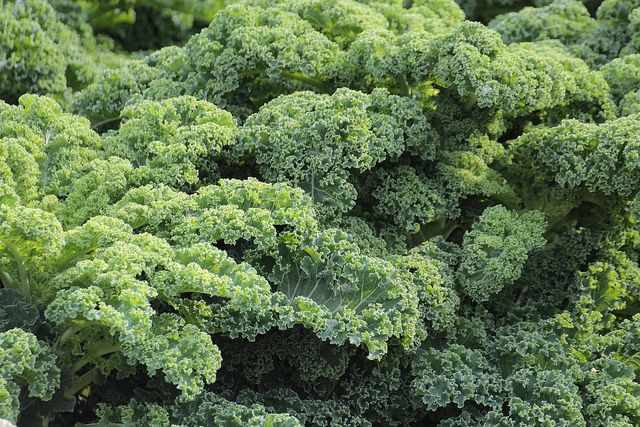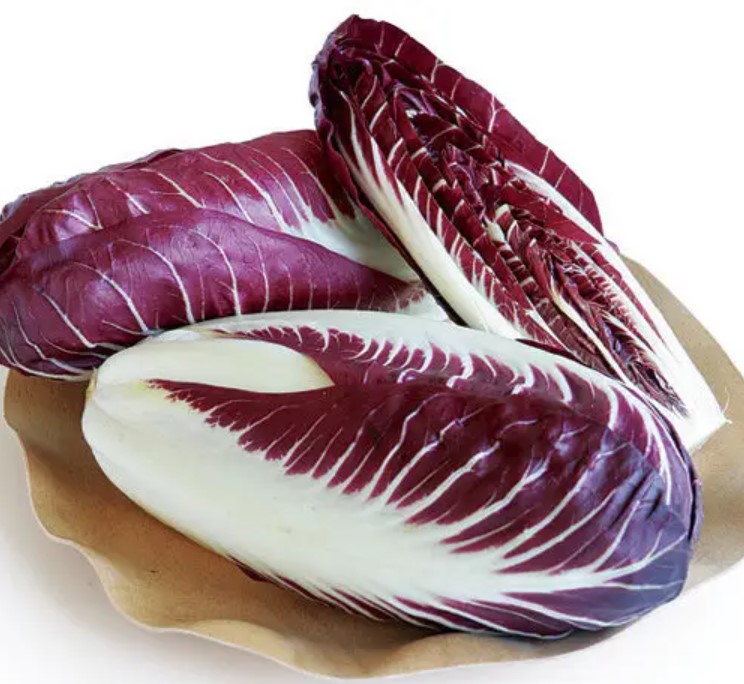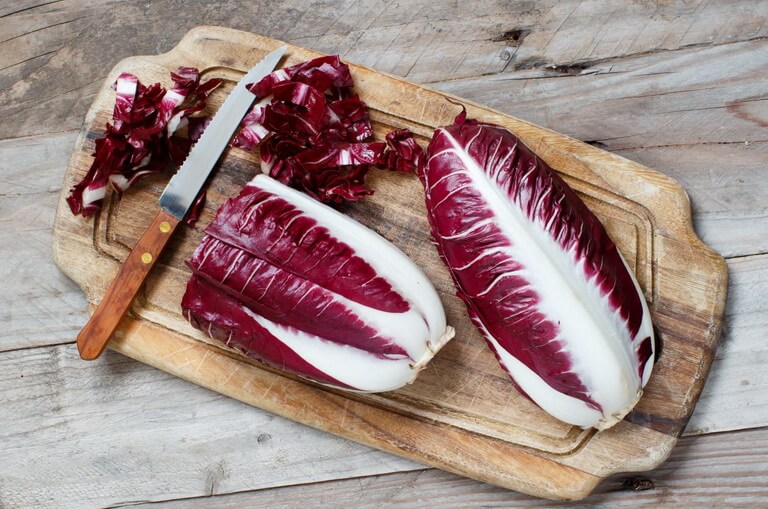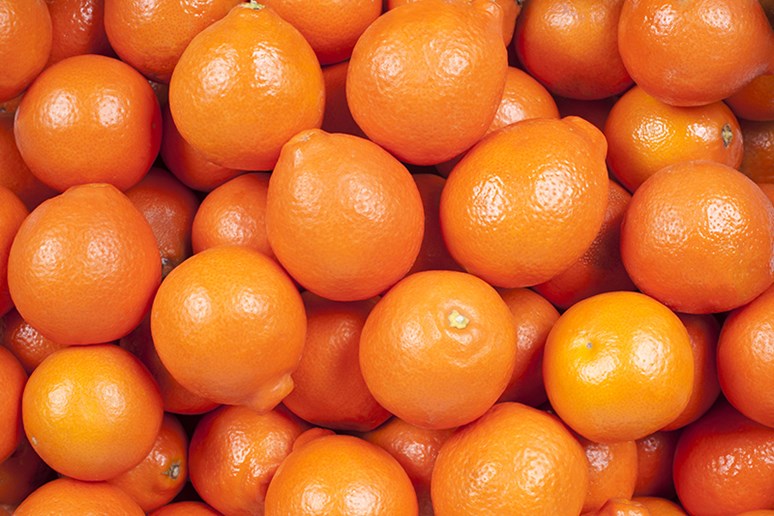You can eat pointed cabbage very well raw, because that way no vitamins are lost. We’ll show you how to prepare raw pointed cabbage in a tasty and digestible way.
Combine raw pointed cabbage correctly

Many types of cabbage are difficult to digest and can cause flatulence. However, to make the raw pointed cabbage tasty and digestible, you should combine it with digestive spices and vegetables. With caraway, aniseed, marjoram, ginger or fennel you can stimulate digestion and prevent flatulence. At the same time, your dishes with raw vegetables will taste more varied and easily digestible. In addition, pointed cabbage contains a lot of vitamin C and is available all year round from regional cultivation.
Raw pointed cabbage mixed with ginger
Raw pointed cabbage combines well with ginger in a smoothie. It goes perfectly with sweet dishes and has a lot of vitamin C, vitamin B, iron and copper. Ginger also has an antibacterial effect on the intestinal flora.
Ingredients:
2leaves pointed cabbage
1 piece of ginger
1banana
0.5 pieces of apples
200 ml water
Directions:
Tear the cabbage leaves into smaller pieces.
Cut up the apple. You don’t need to peel it. This way no vitamins are lost. So that the fruit is not sprayed and you can use it without hesitation, pay attention to organic quality when buying.
Then mix all the ingredients together well so that there are no chunks left.
Add a little more water if the smoothie has become too thick.
Eat raw pointed cabbage in a salad with cumin
Pointed cabbage and cumin seeds are a wholesome combination, because the cumin has an antispasmodic, calming effect and relieves flatulence. Together with carrots, the salad is rich in vitamins and delicious. In addition, they are all regional products that have a good CO² balance.
Ingredients:
1pointed cabbage
2carrots
5 tsp cumin
7 tablespoons olive oil
10 tbsp white balsamic vinegar
5 pinch(s) of pepper
4 pinch(s) of salt
Directions:
Cut the cabbage into fine strips, the thinner the better.
Then grate the carrot and put it in a bowl with the cabbage.
Mix together the other ingredients for the dressing and add them to the bowl as well.
Finally, stir the salad thoroughly and let it sit for an hour before eating.
Eat pointed cabbage raw: in a dip
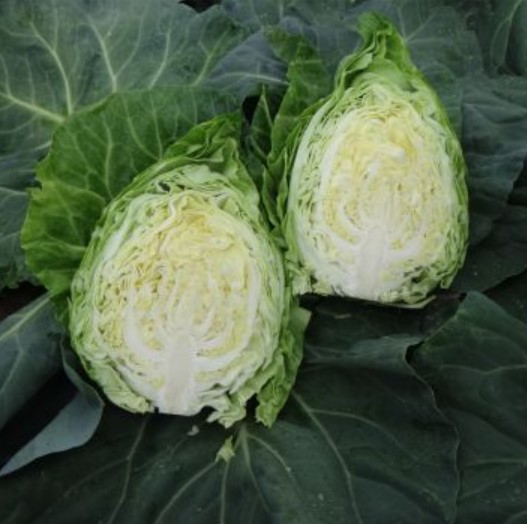
You can also combine raw pointed cabbage with raw fennel to make it digestible and tasty. The fennel bulb is considered a medicinal plant and also relieves flatulence and gastrointestinal complaints. In addition, fennel is very healthy and contains vitamin C, iron and potassium. The fennel season is between June and October. You can use the cream cheese cream made from pointed cabbage and fennel as a spread or as a healthy dip.
Ingredients:
150 g pointed cabbage
100 g fennel
fennel green
200 g cream cheese
3 pinch(s) of chilli powder
3 pinch(s) of pepper
Directions:
Cut the cabbage and fennel into very small pieces. The smaller you cut the pieces, the better the consistency of the cream will be.
Then mix the pointed cabbage and fennel with the cream cheese.
Season the cream with chilli powder and pepper.
As a topping, you can chop the fennel greens and add them to the dip. The delicious and wholesome pointed cabbage dip is ready. You can keep it in the fridge for at least 2-3 days.


